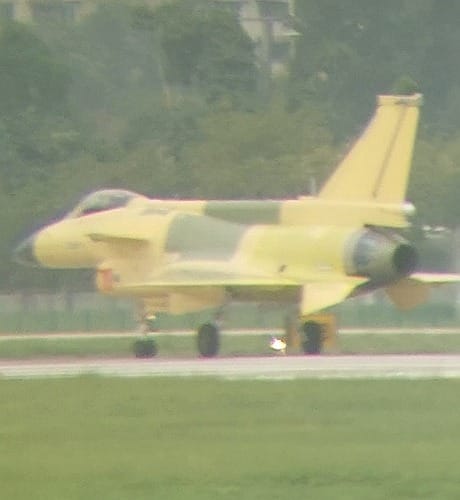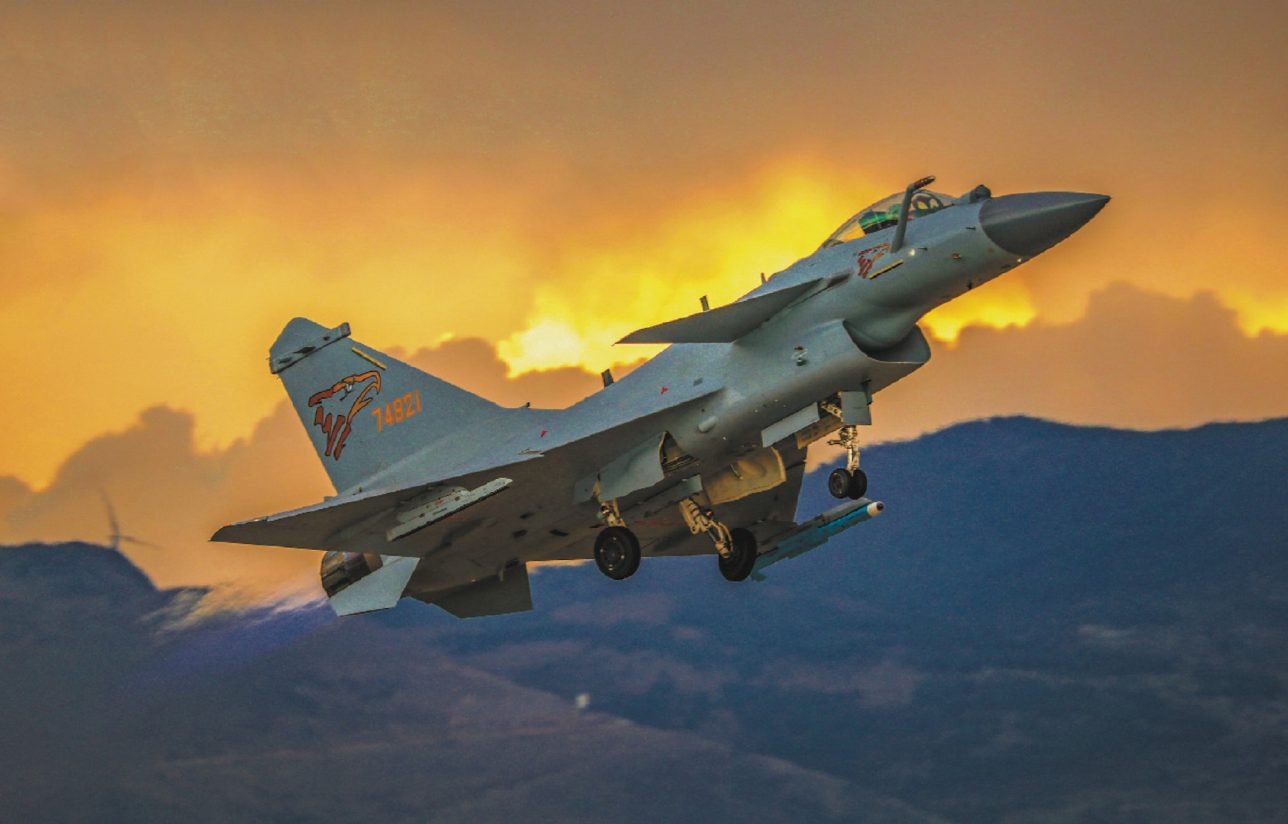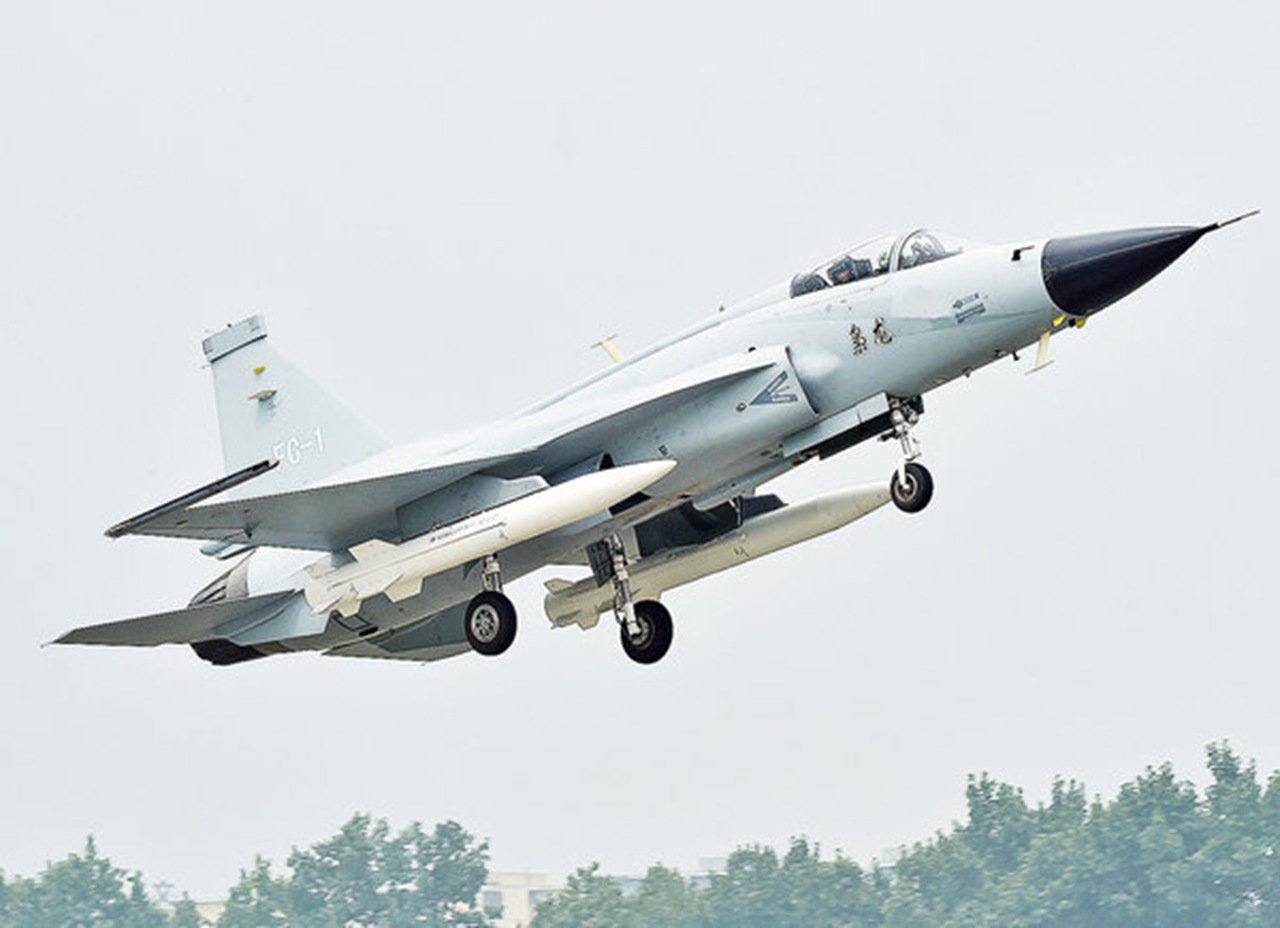A photo of a heavily modified Chinese J-10 fighter jet is gaining attention on social media, with observers speculating it might be fake – a standard Chinese disinformation tactic.
Called the J-10D, the defining feature is a straight spine section, like the F-16 Block-52+, Block-60EF and Block-70 variants, housing additional electronics and possibly fuel. In either case, it frees space on the wing pylons and fuselage that carry electronic warfare equipment and external fuel tanks.
The canopy is also a single-piece design that misses the support structure that often aids radar reflection. Even the main delta wing appears straight, without the twisted surface on the older J-10, J-10B and J-10C variants, which reduces drag, enhances maximum speed and overall better aerodynamic control.
The aircraft is also less reliant on the lift provided by the main wing.

If the picture is real and such a jet does exist, it is likely that it will have largely the same range of electronics and avionics as the J-10C – the J-10’s most advanced variant that was acquired by the Pakistan Air Force earlier this year.
The J-10C has one of the best Active Electronically Scanned Array (AESA) radar amongst single-engine fighters, with 1,200 TR (transmitter/receiver) modules.
On the other hand, the Dassault Rafale’s RBE2 AESA radar has 838 TR modules. It also sports the same underbelly diverterless engine air intakes as the J-10C.
Another major similarity with the J-10C seems to be Electronic Warfare (EW) device under the vertical stabilizer’s tip. It, too, has antennas jutting out from astride the air intakes.
These are usually Radar Warning Receivers (RWR) or Laser Warning Detectors (LWR). If not fake, the J-10D in the photo could also be a Technology Demonstrator (TD) not meant for mass production.
At a time when China has been making strides in Artificial Intelligence (AI) and trying to catch up with the United States in sensor fusion and data processing, it won’t be far off to imagine it wanting to tinker with these attempts on a TD.
Assuming it has enhanced EW capability, it might operate with the latest EW-capable J-16, which has EW pods on its wing tips.
If accepted for serial production, the J-10D would clearly fall in the Gen. 4++ category, supplementing J-20s that might be lost in combat or could not be produced in case of industrial supply chain issues or a strategic loss of its aerospace industry.
However, a war reaching deep inside and devastating China’s mainland is far off, but one can trust the culturally strategic Chinese to have at least anticipated such a scenario.

Modified J-10B Testbed?
Pakistan Strategic Forum, a popular channel analyzing Chinese defense aerospace issues, claims the image is real and is a modified J-10B used as a testbed.
The image, PSF says, is clicked at the Chengdu Aircraft Corporation (CAC) test facility. “The Enlarged Dorsal Spine (EDS) is meant to house specialized avionics,” the Urdu PSF commentary on the photo says.
It adds that the variant in the picture is being called the J-10D since, based on the exhaust nozzle, it seems to be powered by the Russian AL-31 F/N Series-3 engine.
Either way, the J-10 B and C series are otherwise extremely formidable fighters, capable of firing the PL-15 Beyond Visual Range (BVR) missile, which can fly up to 300 km, making it the longest range air-to-air missile.
Flying with the thrust vectoring WS-10B engine, it ranks far above the LCA Mk.1A and is expected to match the under-development Mark 2.

The J-10C acquired by Pakistan is meant to counter India’s Rafale, which has given it significant air dominance capability over the larger Indian Air Force (IAF). It marks a notable capability improvement over the JF-17 Thunder, which has been admittedly inferior to even the LCA Mk-1A in terms of kinematic performance.
With the J-10C, the PAF has another frontline fighter apart from the F-16, unlike India, which has the Sukhoi Su-30, Mirage-2000s, MiG-29 and the Rafale. Experts believe the JF-17 to be predominantly used in point defense, ground attack and bombing roles but wouldn’t go toe-to-toe with the more advanced Indian aircraft.
- The author can be reached at satamp@gmail.com
- Follow EurAsian Times on Google News




